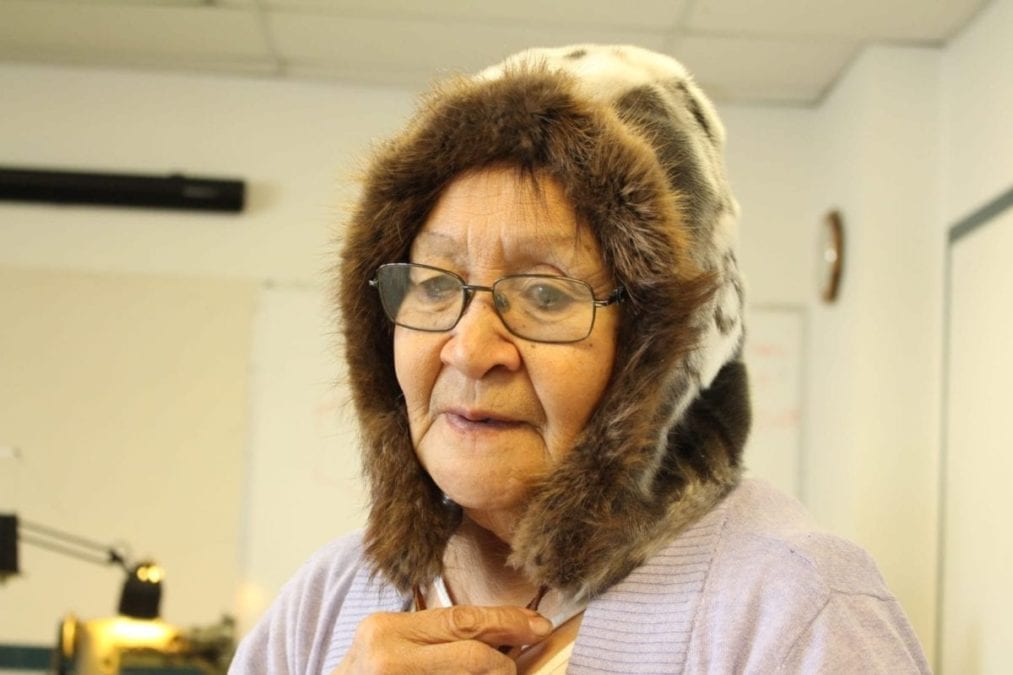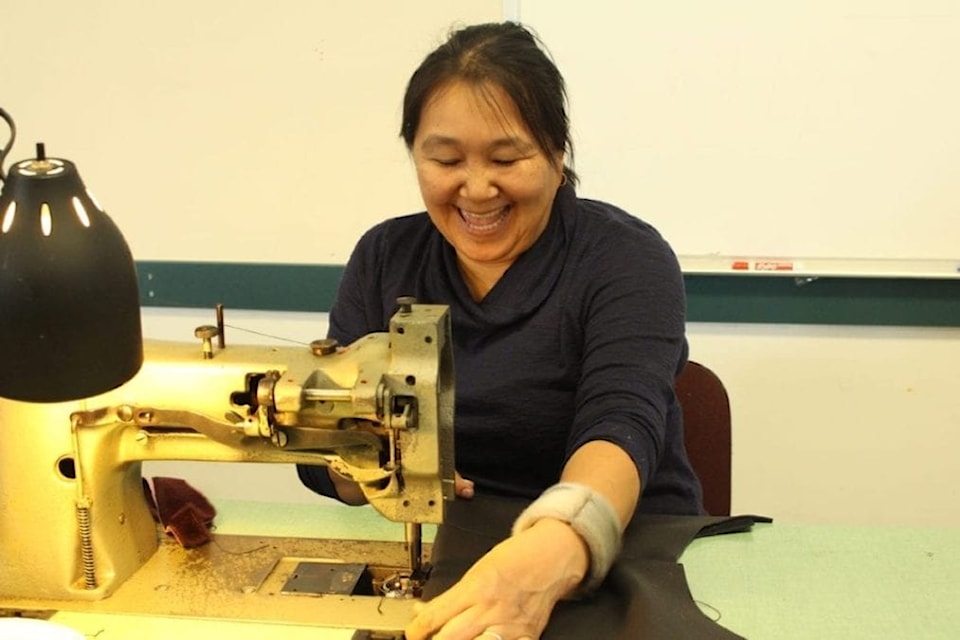Since Monday, the Department of Industry, Tourism and Investment's Traditional Economy has been facilitated workshops to improve the skills of traditional artisans.
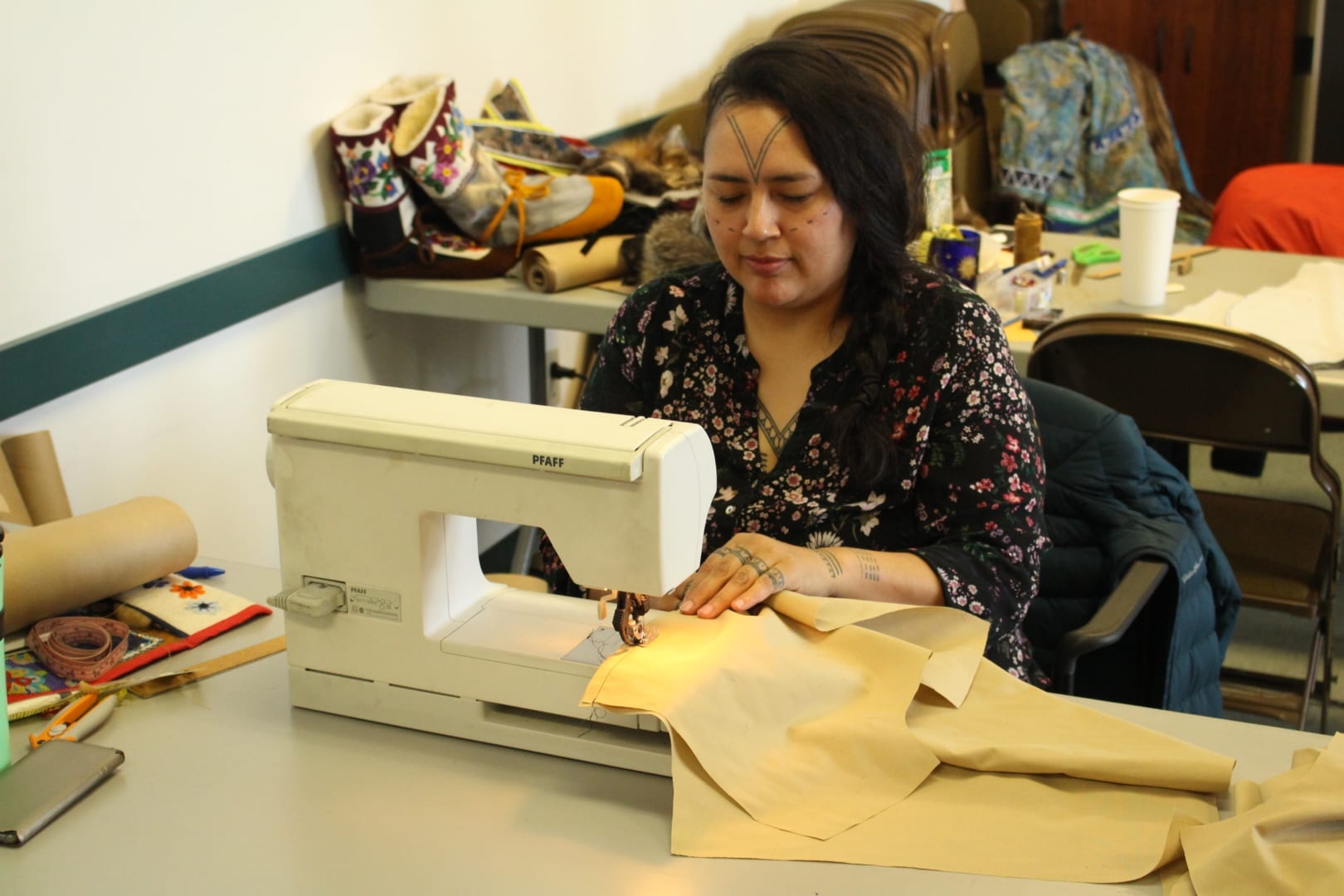
Brett McGarry NNSL photo.
Johanna Tiemessen, manager of arts and crafts in ITI, said this is an opportunity to showcase the importance of seal in Inuit culture while helping artisans create products that are consistent in their quality and design.
“The workshop is for artisans already working with seal who wanted to enhance their skills and take their art to a next level from a design stand point with more use of patterns and how to create a product that the market is seeking,” Tiemessen said.
“We've also engages with the Yellowknife Inuit Society to make sure that we are presenting seal in a respectful manner as well with cultural protocols.”
They will also be lighting a traditional seal oil lamp, or a Qulliq, and be telling the importance of seal at a public showcase at the Lon John Jamboree.
“We're hoping workshops like this is something that Aurora college would have value in resurrecting,” Tiemessen said. “These opportunities do not happen all the time.”
Agnes Kuptana from Ulukhaktok began learning the traditional methods of seal skin preparation at age eight and since has been making pieces of clothing whenever she has time.
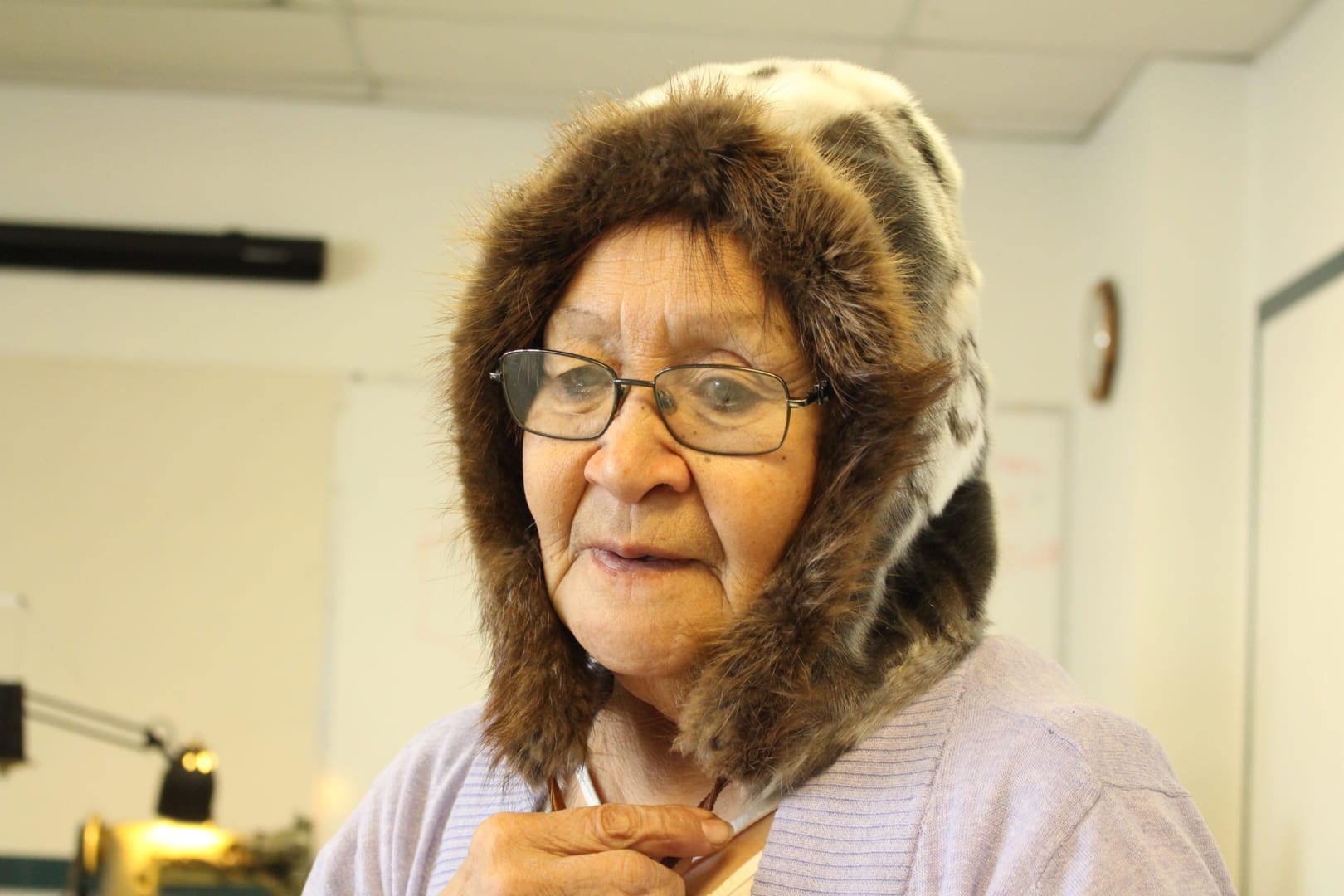
Brett McGarry/ NNSL photo
She said workshops like these are an incredible opportunity to keep learning and practicing the craft while learning from
“So amazing to see these beautiful ladies and the work they have created. So amazed by the different talents they all have.”
“I hope it won't be the last,” Kuptana said. “It's so important to be able to keep these traditions alive and pass them down to the younger generations.”
Susie Nakashuk – Zettler said that being able to participate in the workshop has felt amazing.
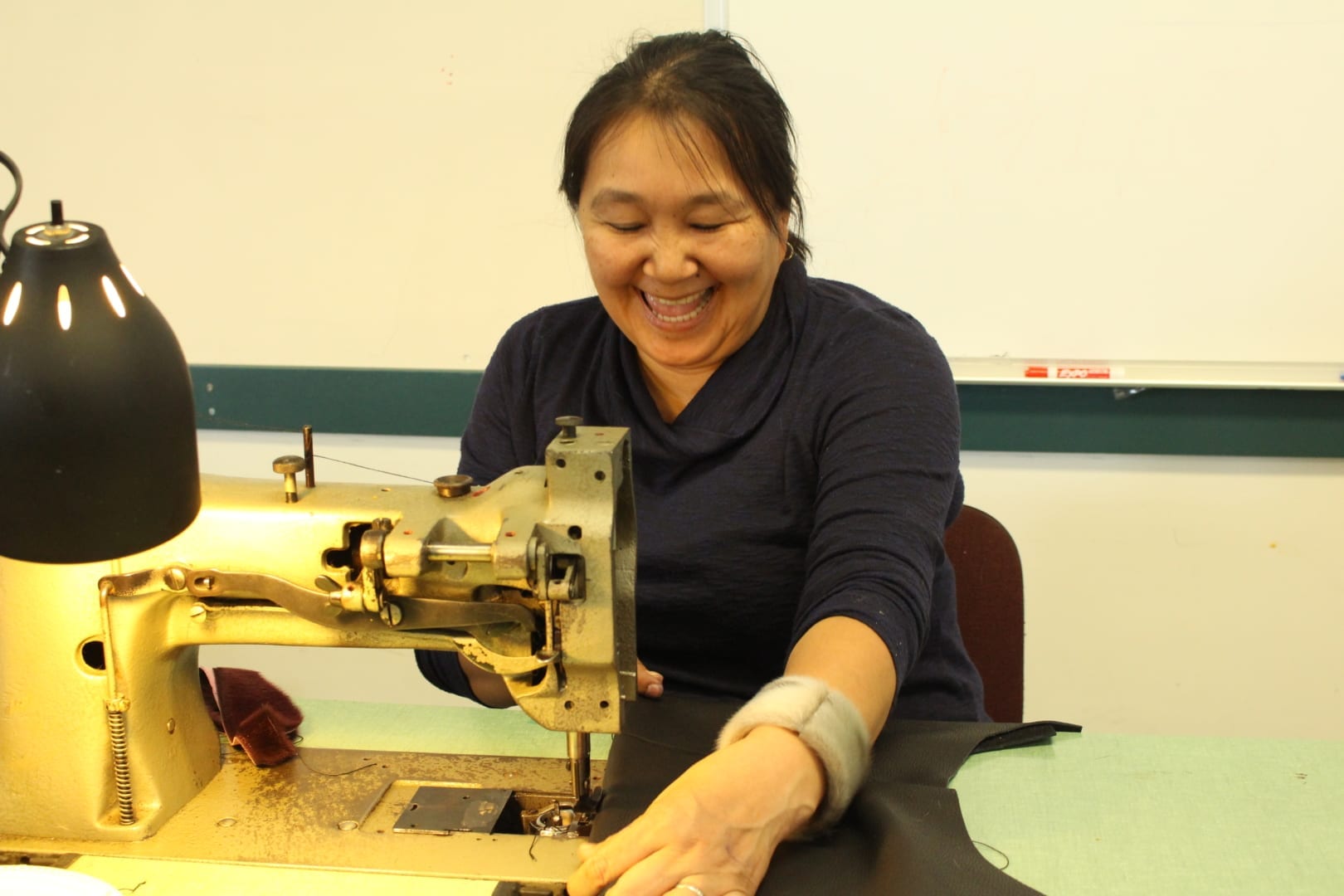
Brett McGarry
“Work like this is good for the soul and being a part of this creative room brought tears to my eyes.”
Hovak Johnston said being able to participate in the workshop is a huge privilege.
“For a long time I've been learning the traditional methods of creating these animal skin pieces,” Johnston said.
“I've always wanted to learn how to use leather machines and sewing machines. I sew for a living and this was an opportunity to learn how clothes are created in commercial factories. This opportunity to combine the two worlds of traditional and modern methods has been very valuable.”
It was also the atmosphere of the workshops and
“It makes such a big difference to be able to work with these women who are all so talented,” Johnston said.
“It's been such a privilege to learn from one of the best, which is especially important coming from a Northern indigenous perspective.”
The designer putting on the workshop is Northern clothing designer and former band councillor of Wrigley D'Arcy Moses.
“The workshop has been curriculum intensive. We're keeping everyone busy making tote bags, vests, hats, laptop bags and the like,” Moses said.
“These kinds of workshops are so important because they stem from a traditional economy, we're only using wild skins,” Moses said.
“There is a building interest in the production of these kinds of traditional items, it's like a cultural renaissance is happening.”
With the expertise that Moses brings, these traditional items of clothing are being infused with a “commercial bend on production.”
Moses makes use of multiple electric sewing machines and a technique he calls “digitized bead work.”
“It uses computer embroidery machines which produces designs which look very similar to traditional bead work,” Moses said.
“A single flower design embroidered onto a bag or boot can have anywhere from a 20,000 to 30,000 stitch count and can be done in an hour. Doing it traditionally with beads could take more than a day”
The workshops also included separate workshops with chefs and restaurateurs to work with seal making complimentary tapas. The workshops were made possible with support from NWT Arts, the Department of Fishieries and Oceans as well as the Fur Institute of Canada.
The public showcase of the workshops will be at 1 p.m. at the Long John Jamboree festival at the Yellowknife Multiplex/Fieldhouse parking lot. But for the artisans in the workshop, the public showcase is hardly the important part.
“I'd rather just stay and enjoy working with these ladies,” Johnston said.
